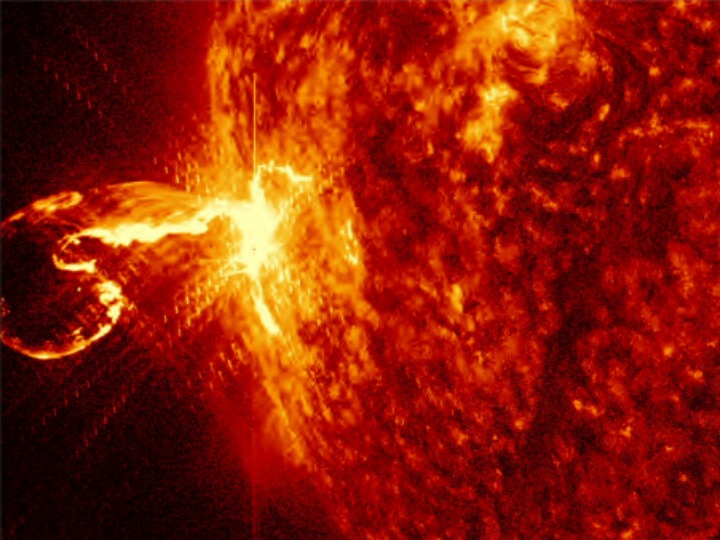Chinese scientists develop AI model to predict stellar flares


BEIJING -- Chinese scientists have developed FLARE, a cutting-edge artificial intelligence (AI) model designed to predict stellar flares, offering a transformative tool for astronomical research, the Institute of Automation under the Chinese Academy of Sciences (CAS) announced on Tuesday.
The model, co-developed by researchers from the CAS Institute of Automation and the CAS National Astronomical Observatories, leverages the integrated intelligent research platform ScienceOne to analyze stellar data and forecast magnetic eruptions on stars.
Stellar flares are sudden bursts of energy caused by the release of magnetic fields in a star's atmospheres. They hold critical clues for understanding stellar structure, evolution, magnetic activity, and the potential for habitable exoplanets, said Chen Yingying, a researcher from the Institute of Automation.
"Research has shown that various physical properties of stars, such as age, rotation velocity, and mass, as well as historical flare records, are significantly related to stellar flares," Chen said.
However, limited observational data has hindered comprehensive studies. Accurately predicting the timing of stellar flares has become an important task in astronomical studies, said Chen.
The researcher further explained that FLARE addresses this gap by integrating a star's physical properties with historical flare records through its unique architecture, combining soft prompt modules and residual record fusion modules, to enhance feature extraction from light curves and therefore, significantly improve prediction accuracy.
Notably, the model demonstrates a certain level of adaptability, enabling precise flare forecasts based on varying light curve patterns of different stars.
Even for the same star with different variability patterns, precise predictions can still be achieved, said Chen.
The research paper detailing FLARE's development has been accepted by the 34th International Joint Conference on Artificial Intelligence, a premier global AI conference.
- Chinese scientists develop AI model to predict stellar flares
- Officials urge public to refrain from 'box-opening'
- DPP group found behind cyberattack
- Greater Bay Area touted as model for promotion of global exchange
- Trains get workers where needed to transplant rice
- Media urged to utilize new technologies





































